
About This Quiz
No matter the task, it's always better to have a buddy by your side as you go about accomplishing it. That's exactly what these cartoon duos set out to do together, as they became integral parts of the stories in their respective cartoons. Sometimes, they weren't even working on the same side, but it's often the chief rivals that make for the best partnerships.
Duos come in many packages, of course. Occasionally, the two characters are the leads in their show. They make the entire cartoon run, and the other characters are just side notes - if they're even in the cartoon at all. Other times, it's the secondary characters who make unique duos. From being sidekicks to the main character to being integral segments in a title character's show, there is a range of cartoon duos who shaped their cartoons in ways you wouldn't even imagine. After all, do you know the only two females in the Mystery Van, or the backup singers who performed in that popular cartoon band you always enjoyed?
Are you ready to dive back into your childhood by challenging yourself with this quiz on classic cartoon duos? If you are, get started, and see if those Saturday mornings in front of the television paid off.
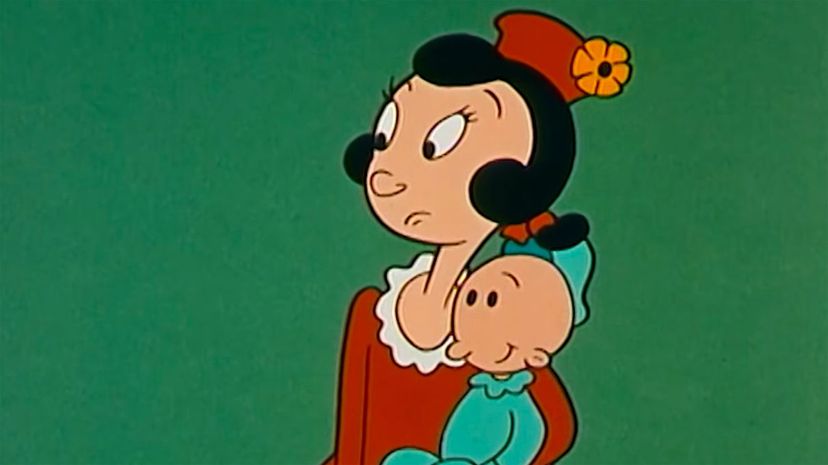
In the original comic book strip, Olive Oyl has a much larger family, which consisted of her father, Cole, and her brother, Castor. However, these characters became much less prevalent over time as the cartoon focused more on Olive, Popeye and Swee'Pea.

Prior to receiving their current names, Tom the cat and Jerry the mouse were called Jasper and Jinx. The characters were renamed by animator John Carr, who was challenged along with other members of the studio team to come up with better names.
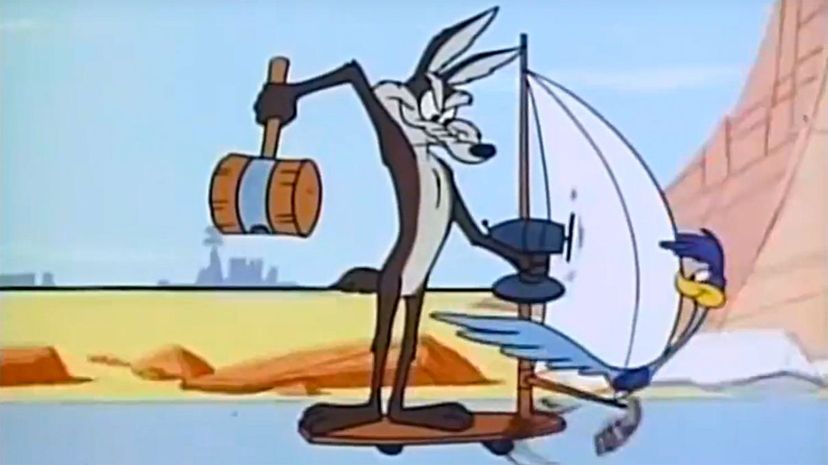
Considering "The Road Runner Show" is about Wile E. Coyote trying to catch the Road Runner, it came as a surprise when creator Chuck Jones said that the Road Runner wasn't Coyote's biggest enemy. Instead, gravity is his main foe, which plays out in most episodes.
Advertisement
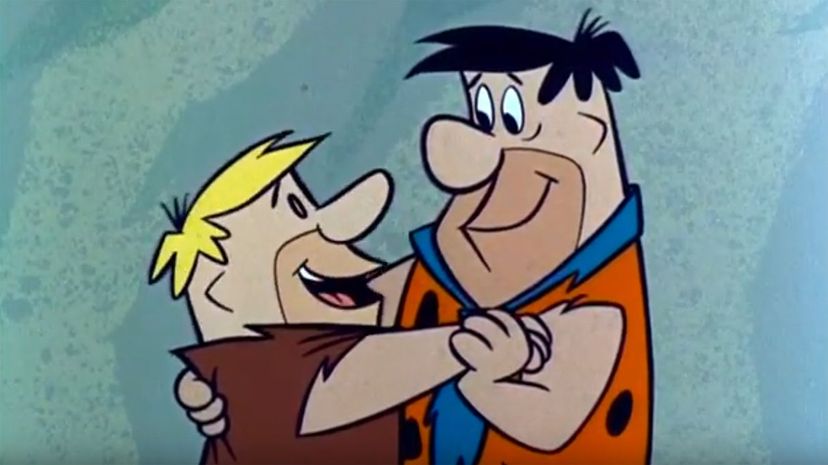
Living in 10,000 B.C., Fred Flintstone and Barney Rubble were originally designed to look much more like cavemen, with burly beards and messy hair. However, changes were made during development. The characters became clean-cut and more child-friendly.
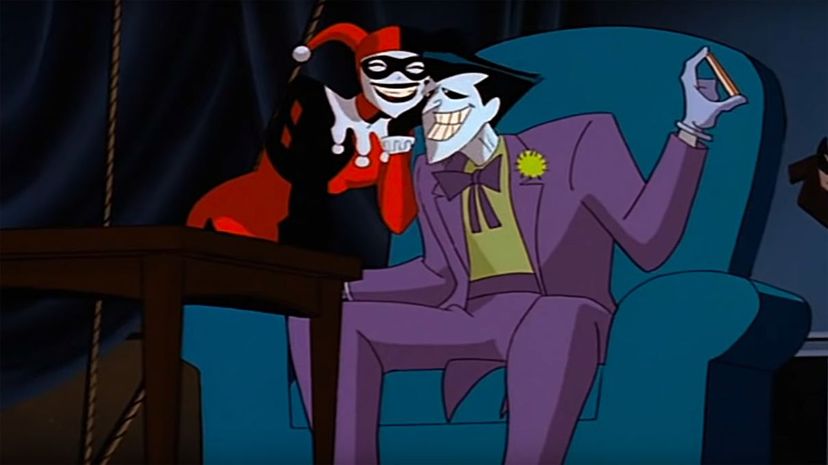
With captivating villains and intriguing plots, "Batman: The Animated Series" distinguished itself as one of the most celebrated cartoons of all time. The cartoon was honored with several awards, including a Primetime Emmy for Outstanding Animated Program.

As part of the opening to "The Simpsons," a sequence of events plays out, often utilizing cultural references, which features Lisa, Bart and the other family members piling on the living room couch. The creators use this opening as a way of making the show longer or shorter to fit the 30-minute time slot.
Advertisement
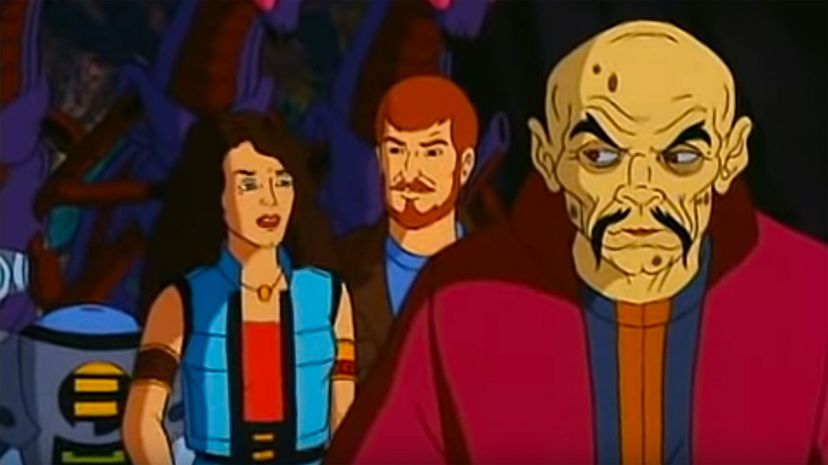
"Jonny Quest" was extremely popular when it aired in 1964, but the show was much more expensive to produce than other Hanna-Barbera cartoons, due to the realistic animation. Since that time, other shows, films and games have kept the characters alive.

Despite Tommy and Chuckie being boys, both of these characters from "Rugrats" were voiced by women. This choice was made because creators wanted the babies to have higher-pitched voices.

"Muppet Babies" mixed in live action segments to balance out the animation, but it wasn't for creative reasons. Instead, producers knew they could save money by limiting the time spent animating the episodes.
Advertisement

Optimus Prime and Megatron hit the big screen in 2007 when the film "Transformers" came out. The first film launched a franchise that currently has six entries, with the first five films directed by Michael Bay.

While the Fat Albert gang was being crafted, producers approached NBC about airing the cartoon on Saturday mornings, but the network didn't want to pick the show up because it was viewed as too educational. Instead, producers went to CBS, who jumped on board, airing the first episode in 1972.

Already featured in popular children's books, Winnie the Pooh reached new heights when film rights were purchased by Disney in 1961. With Disney at the helm, "The Many Adventures of Winnie the Pooh" was released in theaters in 1977, followed by the show "The New Adventures of Winnie the Pooh" in 1988.
Advertisement

In 2004, Daphne, Velma and the other members of the Scooby gang set a Guinness World Record for the most episodes by a cartoon comedy series, at 350. The record has since been broken.

"Josie and the Pussycats" was based on a comic book series created by Archie Comics, which ran under the same title. The comic book series was created by Dan DeCarlo, who also helped create characters like Sabrina the Teenage Witch and Cheryl Blossom.

To find Rocky and Bullwinkle, one would have to travel to the fictional town of Frostbite Falls, Minnesota. A unique aspect of "The Rocky and Bullwinkle Show" was that the population of Frostbite Falls was often revised, ranging from 23 to 4,001.
Advertisement

"Nimrod," a word commonly used by Bugs Bunny to describe Elmer Fudd, was actually a character in the Bible. According to the Book of Genesis, Nimrod was a legendary hunter, but Bugs uses the name to mock Elmer, who was far from a legendary hunter.

The names Simon, Theodore and Alvin came from three executives at Liberty Records, where Ross Bagdasarian was signed. Bagdasarian used their names for his characters in "The Chipmunk Song," which he won three Grammys for.

To create characters for "The Magic School Bus," illustrator Bruce Degen relied on photos from his two sons' classes. Using their elementary school portraits, he designed all of the students in Ms. Frizzle's class.
Advertisement

Inspector Gadget's backstory is muddled - it varies with the source. In a trading card game released in 1991, Gadget, named John Brown at the time, was a cop who slipped on a banana peel and fell down a flight of stairs, only to wake up with an altered body.
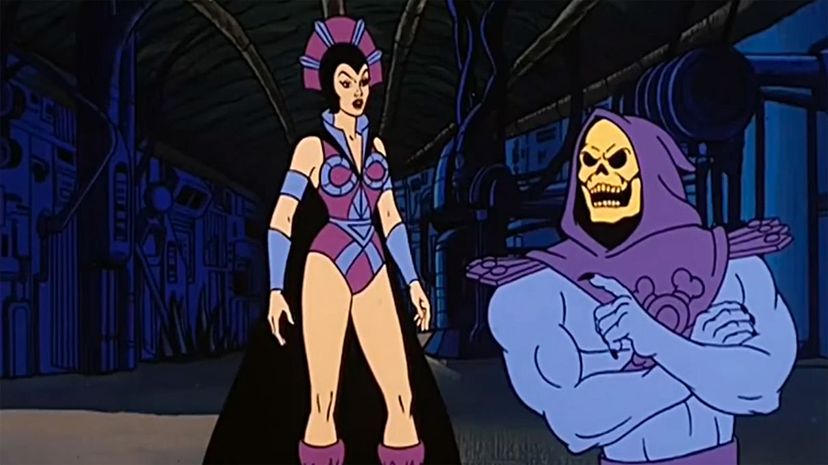
To keep the characters in "He-Man and the Masters of the Universe" relevant, a comic strip was created when the show went off the air. The comic ran from 1986 until 1991, though it only ran in a few newspapers.

With lead characters like Lion-O and Cheetara, "ThunderCats" was promoted as a show that could teach valuable lessons to its viewers, no matter the age or gender. Producers of the show wanted to make this distinction because other shows during the era were viewed as excessively violent.
Advertisement

Creators of "The Smurfs" relied on historic sources to name Gargamel and Azrael. Gargamel's name comes from the French writer Francois Rabelais, who wrote a collection of short stories titled "Gargantua and Pantagruel," while Azrael's name comes from the Angel of Death in Hebrew tradition.

The Archies, a fictional band, created several albums that were released in real life. Their song "Sugar, Sugar" even reached the top of the Billboard Hot 100 chart in 1969, where it remained for several weeks.

"Speed Racer" was one of the first Japanese anime to successfully hit the American market when it aired in 1967. Of course, to appeal to an American audience, the Japanese names were changed. The title "Mach GoGoGo" became "Speed Racer." Michie became Trixie, and Sabu became Sparky.
Advertisement

The success of "Captain Planet and the Planeteers" led to the creation of the Captain Planet Foundation, which helps with real environmental problems. Though the foundation doesn't battle Hoggish Greedly and Rigger, it does inspire thousands of students and schools to invest in environmental projects.

Craig Bartlett received advice from the creator of "The Simpsons," Matt Groening, when he was coming up with the design of his characters like Helga Pataki and Gerald Johanssen. Groening told Bartlett to create characters that someone would notice from a distance, to make them easy to recognize.

Dee Dee was the first character created by Genndy Tartakovsky, launching the idea for what would become "Dexter's Laboratory." Her ballerina outfit, part of the original design, became staples for both Mee Mee and Lee Lee.
Advertisement

"The Ren & Stimpy Show" helped set up future Nickelodeon cartoons like "SpongeBob SquarePants" for success. When the popular children's network first launched, it was called Pinwheel.

With the slew of superhero movies over the past two decades, Aquaman and Wonder Woman have been gifted their own big-screen features. However, there was a time when the two characters had to settle for being part of a team, like in "Super Friends," where they shared screen time with many heroes.
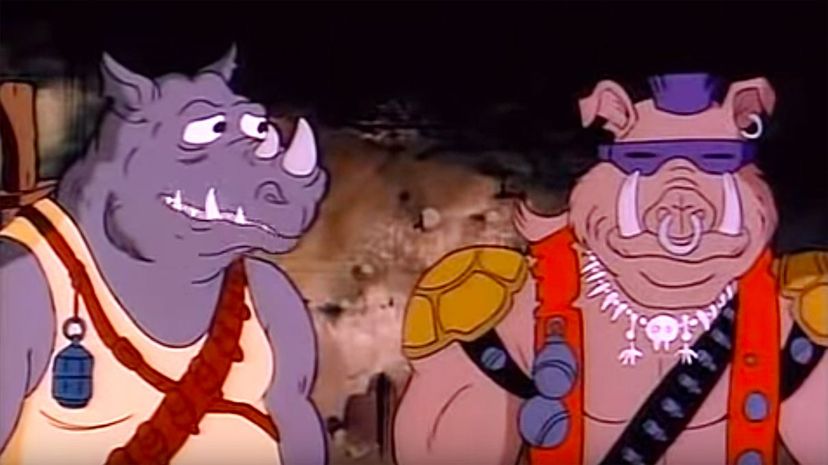
Bebop and Rocksteady missed out on appearing in the 1991 film "Teenage Mutant Ninja Turtles II: The Secret of the Ooze" because some thought the pair were too goofy. Luckily, the two finally made it onto the big screen in 2016, when "Teenage Mutant Ninja Turtles: Out of the Shadows" came out.
Advertisement
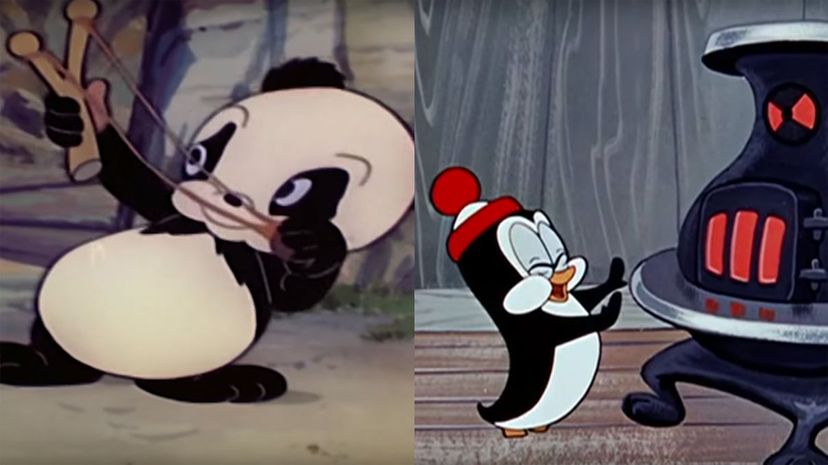
Andy Panda, Chilly Willy and the title character Woody Woodpecker were all created by the cartoonist Walter Lantz. His cartoons were so popular that he ultimately started his own production company - Walter Lantz Productions.

Jim Jinkins used nontraditional colors on characters like Mosquito "Skeeter" Valentine and Roger M. Klotz to make their race ambiguous. He hoped that this ambiguity would enable the show to reach past the question of race.

Disney makes a few key references to "Thundarr the Barbarian" in its own movies. For example, Princess Ariel shares a name with the lead character in "The Little Mermaid." It doesn't stop there, as the premiere episode of "Thundarr the Barbarian" is titled "Secret of the Black Pearl," a name similar to the title of the first "Pirates of the Caribbean" film.
Advertisement

All three segments of "The Yogi Bear Show" were about wild animals and their struggles in their natural habitat. Snagglepuss was a mountain lion constantly on the run from the hunter Major Minor, and Yakky Doodle was a duck that faced off against other animals looking to make it food.

"Dragon Ball Z" was one of the most popular Japanese cartoons to ever air in the United States. With a mixture of humor and kung fu, the cartoon was different than anything to ever hit American television, creating a franchise that's renowned worldwide.
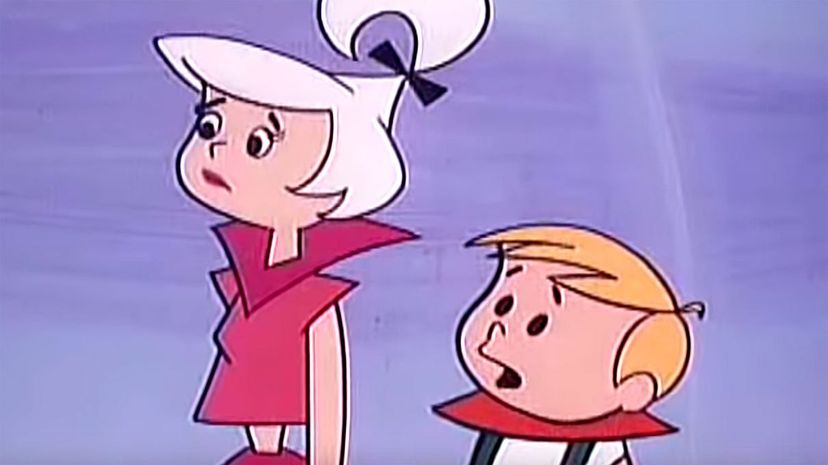
Because of its bright colors, "The Jetsons" really was a show of the future during an era where most televisions were still back and white. The show was canceled in 1963 after only one season, but additional episodes were produced in the 1980s so the show could be syndicated.
Advertisement

Back when studios had to trade material through tapes, the creators of "Voltron" were trying to get inspiration, so they asked Toei Animation to send them a copy of "Mirai Robo Daltanious." The studio accidentally sent "Beast King GoLion" instead, which the "Voltron" creators enjoyed so much that they decided to use it as inspiration.

"Space Ghost and Dino Boy" only ran for 20 episodes when it first appeared on CBS in 1966. The series inspired several new shows later on, like "Space Stars" and "Space Ghost Coast to Coast," the latter of which revolutionized Cartoon Network.
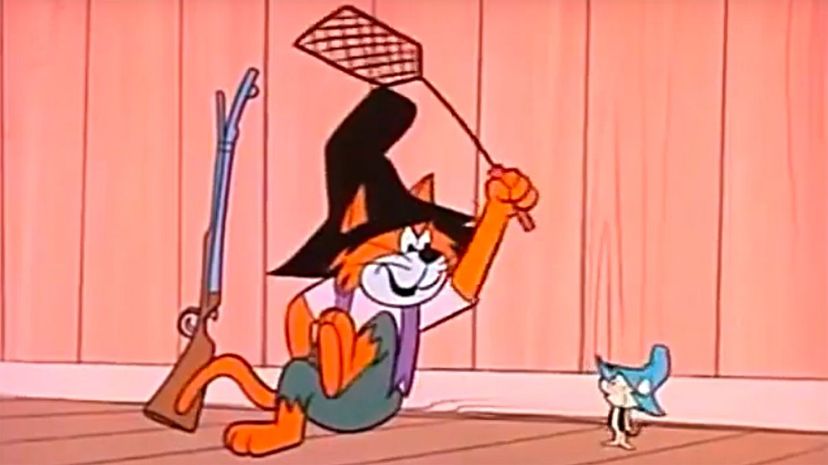
Like many other classic cartoons, "The Magilla Gorilla Show" consisted of separate segments. Aside from the segment that includes Magilla Gorilla and the one featuring Punkin' Puss and Mushmouse, there was a third segment involving a sheriff named Ricochet Rabbit and his deputy Droop-a-Long.
Advertisement

A janitor at a police department, Hong Kong Phooey always got the first scoop on a case when Rosemary and Sergeant Flint discussed the crime over the phone. Phooey, whose real name is Penry, made his transformation from janitor to superhero by jumping into a filing cabinet.